How Branding Works: The Keys to Captivating Customers
We’re surrounded by brands every day. But have you ever stopped to think about how branding works? From fancy logos to those jingles that get stuck in our heads, branding is inescapable.
A good brand is like glue for your brain. It makes you feel things, creates connections, and might even make you irrationally loyal (hey there, Apple fanatics!). But underneath the glitter and glam, branding is a calculated art and science.
In this ultimate guide, we’ll be pulling apart the mysteries of branding like a bunch of love-struck kids tearing up presents on Valentine’s Day. We’ll cover everything from brand identity and positioning to storytelling – and all the juicy bits in between. So grab a snack, guys; this one will be mind-blowingly insightful!
Table of Contents
What the Heck Is Brand Identity Anyway?
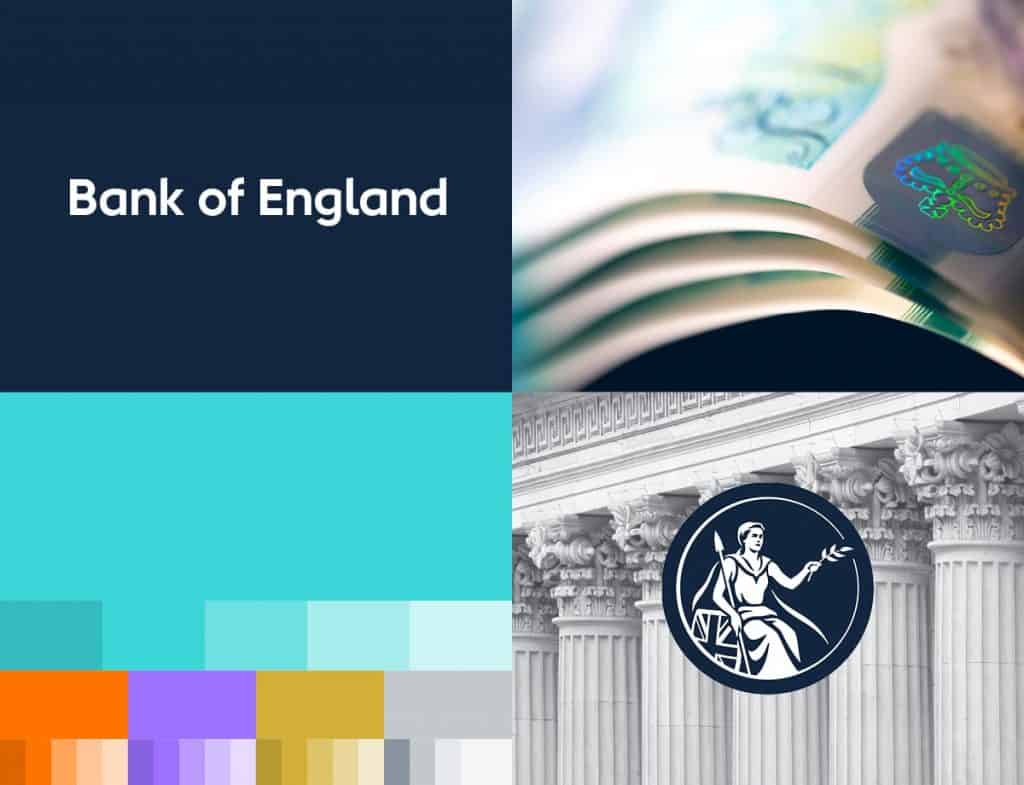
Brand identity is what makes a company unique. It includes visuals such as logos and designs, voice and personality, and the core values that a brand follows.
Think of brand identity as a brand’s genetic code – the combination of traits distinguishing it from any other brand worldwide.
Logo – The Face You’ll Never Forget
Logos are not only pretty pictures (although having an attractive logo doesn’t hurt). They represent the essence of a brand. When we see them repeatedly, they get stuck in our heads.
The best logos are:
- Simple yet eye-catching
- Memorable and easy-to-recognise
- Representative of the brand’s character
- Timeless and versatile across different media
Colours That Shape Moods And Associations
Colours can evoke emotions and create strong associations with brands. This is why some of the biggest companies spend so much time considering their colour choices.
Take Coca-Cola, for instance — you can hardly separate that iconic red from their branding or uniforms. Red subconsciously signals excitement, passion, and energy, everything that perfectly describes Coke’s bubbly nature.
McDonald’s does something similar by pairing red (high-energy) with yellow (happiness/positivity), resulting in a palette that screams fun, joy & just a little impulse (mmmm fries).
A Voice That Doesn’t Blend In
Every great brand speaks with its voice. It has a personality all its own, too. These elements help make them seem more “human,” which allows people to relate to them better.
Skittles is an excellent example because they use this crazy/unexpected tone throughout their ads/social media posts. With such an eccentric candy behind it, though, who could blame them? No wonder they’ve got such die-hard fans…
Conversely, you’ve also got your heritage/luxury brands like Rolex or Mercedes-Benz, where everything sounds so… rich. Yeah, that’s probably the right word for it – rich af.
Why Brand Positioning Is the Ultimate Superpower

Have you ever had an experience where a brand just “gets” you? They seem to share your values, tastes, and lifestyle. That is the power of brand positioning.
Good brand positioning makes people feel they are being understood or that the product was made specifically for them. It involves taking a unique and easily recognisable territory within your target audience’s minds and in the market.
Defining Your Competitive “Position”
When positioning your brand, the first thing to do is find out what differentiates it from other brands or products that serve similar needs (competitive position). Why should customers choose yours over theirs? What gap does it fill in the marketplace?
For example, KFC (Kentucky Fried Chicken) positions itself around providing “food that you can feel good about eating.” In essence, guilt-free indulgence with tasty comfort meals is at the core space occupied by this company
On the other hand, Panera Bread has positioned itself as more health-conscious than traditional fast foods. It feeds those who want nutritious but delicious options ‘Food as it should be.’’
Speaking Directly To Your Ideal Target
Once you have established what differentiates your offering from others offering similar services, identify who would be most interested in such an offer, i.e., Who will benefit most from buying this type of product or service. This means creating ‘buyer personas’ After all, one cannot please everyone.
Companies like Vans and Harley-Davidson excel at speaking directly towards specific subcultures. Vans celebrates culture through self-expressionism, mainly appealing to skaters, artists, etc., while Harley occupies ruggedness, individuality freedom, craftsmanship quality, outlaw rebellion, and aesthetic biker culture worldwide.
These brands know their audiences inside out, which leads to very high levels of loyalty among them not seen anywhere else.
Living Your Differentiating “Brand Values”
Brand values have never been more critical when differentiating yourself in today’s hyper-saturated marketplace. People connect with brands that reflect their beliefs about themselves and their world.
No brand understands this better than outdoor clothing companies like Patagonia or The North Face; every aspect of these businesses’ branding is designed to resonate with people who love nature and are passionate about protecting it.
On the other hand, companies like Burt's Bees (a natural skincare brand) and Toms Shoes (an ethical footwear company) have carved out unique spaces for themselves through their commitments towards using sustainable materials for charity work, respectively.
Why Storytelling Separates Beloved Brands from Bland Ones
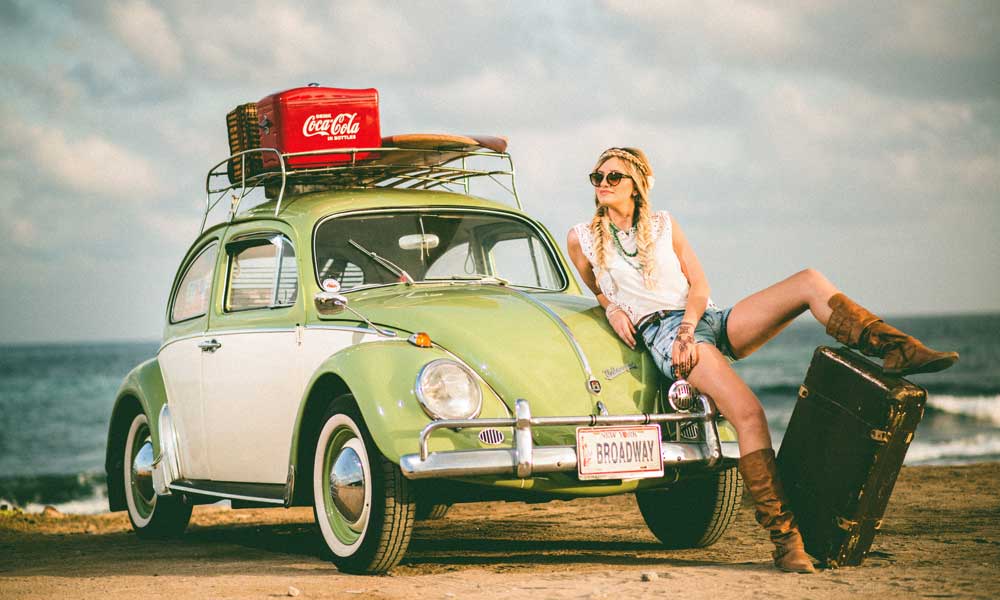
At one time, the most fascinating businesses could tell extraordinary stories. Or perhaps not. Every branding wizard knows that telling tales makes an ordinary product or service exceptional and emotional for customers.
Stories create connections. They satisfy our innate human yearnings for narrative, drama, adventure and identification; beyond selling us “things,” great storytelling sells us on ideology, self-expression, and belonging—on genuinely valued intangibles.
Building an Irresistible Origins Story
Every excellent brand story has a humble beginning—an origin tale filled with conflict, struggle and a touch of David-versus-Goliath spirit. This gives it authenticity and a sense of higher purpose beyond profits alone.
Take Apple’s founding myth: Steve Jobs and Steve Wozniak toiling away in a garage, rebelling against the establishment (IBM), daring to “Think Different.” Even now, their story about changing the world through innovation while everyone else said it couldn’t be done remains at the heart of what makes Apple unique.
Inviting Customers Along For The Journey
The best brand stories are ones where customers don’t just sit back as passive observers but become active participants in an ongoing narrative. They foster a “you’re one of us” feeling that creates community and belonging.
Look at Red Bull and GoPro—they both celebrate bravery, adventure-taking and living life to its fullest at their core. So their content acts as marketing but also serves as inspirational fuel for people who want to buy into these attitudes too; with them, you’re becoming part of something bigger than yourself by just buying some stuff off shelves somewhere… And that’s pretty cool!
Crafting Content Tapestries – Not Threadbare Stories
An authentic brand story isn’t some throwaway fairytale. It’s like an intricate tapestry of many threads connecting and evolving.
Don’t believe me? Then, consider franchises such as Star Wars or the Marvel Cinematic Universe. Every new movie, TV show, comic book or product release adds another layer to this ongoing narrative; fans can never get enough because there’s always more story left to tell—each episode just deepens the enchantment.
Stats and Facts: Just How Impactful Is Branding?
- Companies with solid brand equity outperform those with weak by 30% in terms of stock market value
- 59% of customers prefer to buy new products from brands they trust
- 89% of shoppers stick around for brands that keep it simple and consistent
- 79% of purpose-driven brand users feel loyal
- Revenue goes up 33% for companies who stay true to their brand promise consistently over time
Why Experiences Outshine Mere “Stuff” Nowadays
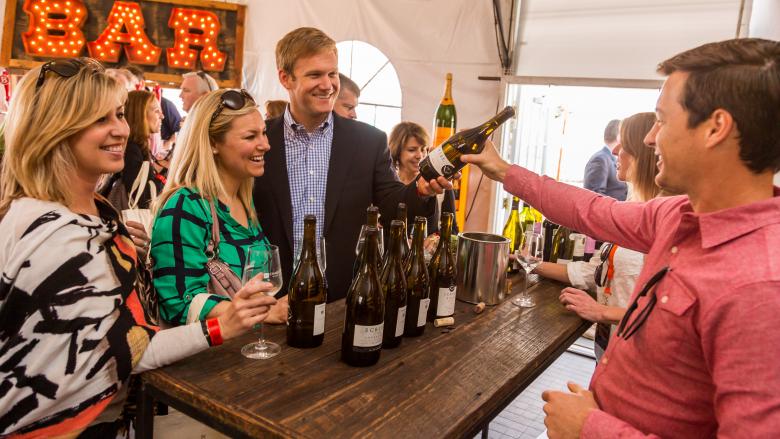
In our era of Netflix, Uber, and subscription everything, people increasingly prize experiences over mindless consumerism. We seek out brands that deliver memorable, sharable moments.
A jaw-dropping brand experience has the power to embed itself in our psyches like nothing else. Long after a product breaks or fades, a transcendent experience lingers. It heightens emotional resonance, brand advocacy, and, quite frankly, our willingness to forgive the occasional hiccup.
Look at Disney as the prime example. Their magic isn't relegated to films or toys – their immersive theme parks and hospitality have families spellbound for life. The experiences are so exceptional that even their jaded teenage guests leave starry-eyed.
Designing Multisensory Brand Connections
Experiences that stimulate and delight multiple senses are pure branding sorcery. That's why retailers like Lush, Anthropologie, and Apple design every element to inspire multisensory rapture.
From the tantalising scents and whimsical aesthetics to the attentive customer service that makes you feel like the centre of the universe – it all coalesces into an elevated experience you can't replicate online. And those memories forge a lasting brand affinity beyond any transaction.
Creating Customer Journeys Worth Raving About
The customer experience encompasses every encounter – from the first ad to the support call after purchase. Delightful brands choreograph consistent, pulse-raising journeys across every touchpoint.
Consider the subscription box brand FabFitFun. Their customer journey excels with surprise unboxing ceremonies, exclusive magazine content, seamless purchasing, and flawless shipping. Their devoted community eagerly awaits and savours each quarterly instalment.
Similarly, cult-favourite makeup brand Glossier crafts an end-to-end pink bubble of bliss – social media so aesthetic you want to lick it, a gorgeous online shop, and showroom locations you'd happily live inside.
When Customers Become Raving Brand Ambassadors
The holy grail of brand experiences is empowering customers to become active ambassadors. After all, peer advocacy is the most credible ad of all.
Taking this approach to the extreme is activewear phenom Lululemon. Their company mindset centres on selling clothing and igniting an international community of sweaty ambassadors. Every store offers free yoga classes, run clubs, in-house trainers, and lifestyle events. These memorable shared experiences generate a tribe of fiercely loyal evangelists who live the brand.
Brand Loyalty: The Gift That Keeps on Giving

Ah, brand loyalty – the coveted prize every branding initiative strives for! When branding is expertly executed, it triggers that beautiful irrational bias we call loyalty.
And boy does loyalty pay dividends:
- It's way cheaper to keep existing customers than constantly acquire new ones.
- Brand loyalists spend up to 67% more than new customers, according to Motista.
- Retained customers tend to be less price-sensitive and more receptive to new products/services.
Cultivating loyalty boils down to consistently delivering branded experiences people fall in love with – ones that exceed expectations, simplify lives, spark joy, and create connections worth savouring.
Let's look at America's golden child, Trader Joe's. The fandom around this grocer is almost cult-like, and for good reason – it delivers delightfully quirky branding with which people resonate. Hawaiin-shirt-wearing employees warmly welcome shoppers. The affordable finds cater to foodies and health nuts alike. The ever-rotating stock provides a novel “treasure hunt” experience each visit.
Most importantly, Trader Joe's nails the basics with quality products, great value, and superior convenience – the pillars that keep loyalists returning.
Why Branding Can't Just Be a One-Hit Wonder
Sadly, genuine, lasting brand resonance doesn't happen overnight. It takes continuous reinforcement through creative means to fully entrench a brand in people's hearts and minds.
Just ask any smoker who's tried quitting cold turkey – old habits die hard. Breaking through the incessant advertising clutter requires sustained, multi-channel brand impressions. While challenging, brands that prevail reap immense rewards in recognition and engagement.
Social Media – The New Frontier of Branded Experiences
Social media represents an unprecedented opportunity for brands to engage audiences through branded real-time experiences personally.
The savviest brands like Wendy's, Steak-umm, and MoonPie have carved out uniquely sassy, memorable personalities on Twitter and beyond. Their snark and shenanigans keep fans amused and eager for more hilarious interactions.
Elsewhere on social media, IGTV, Instagram Lives, TikTok trends, Twitch streams, and more drive interactive micro-experiences extending brand engagement. The possibilities of dazzling audiences in creative branded ways are limitless.
Immersive Technologies Heightening Brand Wizardry
As technology transcends gadgets, brands have incredible new canvases to paint their storytelling. Trailblazing brands are experimenting with:
- Voice assistants/AI companions
- Augmented reality (AR) apps
- Virtual and mixed reality experiences
- Gesture controls and immersive environments
Lego has been an AR pioneer, creating apps that magically transform real-world playsets into living, interactive games and stories. Sephora wowed the beauty world with a virtual artist who used AR to demo actual makeup looks.
As this technology progresses, brands that create resonant yet delightfully immersive experiences will cement lasting staying power.
Real-World Branded Stunts That Generate Buzz
Last but not least, real-world guerrilla marketing stunts remain one of the surest ways to stop people dead in their tracks. Even in our digital age, crafting unexpected real-life brand experiences is an unfair attention-grabbing advantage.
Red Bull's written the bible on this with their mind-blowing publicity stunts and events. From the Stratos space jump watched by millions to shattering human-powered speed records, they deliver boundary-pushing experiences that implant their ethos of “Red Bull gives you wings” into our psyches.
Similarly, brands like IKEA turning airports into elaborate temporary apartment installations or KFC's brilliant VR training game exemplify the creative stunts that etch a brand into our collective memories (and internet search histories).
The Brand Naming Puzzle – Getting It Right From the Start
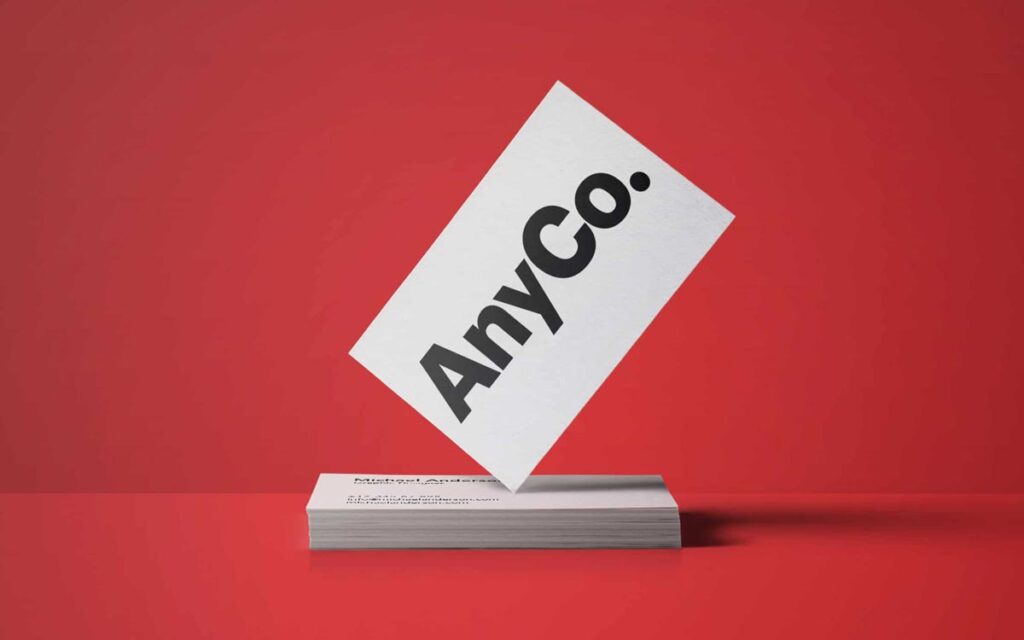
Amidst all the visual spectacles, storytelling mastery, and experiential razzle-dazzle, one aspect reigns supreme in brand-building: the name.
A name is ground zero for a brand's entire identity and positioning. It's our first indelible impression, and the stakes couldn't be higher to captivate from the get-go.
How a Strategic Naming Process Breeds Winners
The brands with the most magnetic, idyllic names rarely lucked into them by chance. Typically, an intensive strategic process yielded the perfect fit.
It often begins by crystallising the brand's desired perceptions, personality, and values. From there, teams explore artfully combining linguistic elements like etymology, sound symbolism, word roots, and creative portmanteaus to elicit the perfect emotional resonance.
Consider Apple, a name suggested by Steve Jobs himself. Its core associations (simplicity, purity, natural origins, and the mythological fruitful beginnings for humanity) beautifully align with the brand's philosophies.
Or take Häagen-Dazs, a brand name ingeniously constructed to convey an aura of old-world European heritage and tradition (despite being founded in the Bronx!). The faux-Danish gibberish sounds elegantly Scandinavian to our ears, elevating the brand's prestige.
The Essential Elements Every Moniker Needs
Coming up with a killer name isn't enough – it also has to clear legal hurdles and fulfil specific functional criteria. Significant brand names share:
- Distinctiveness from the competition
- Versatility across offerings and marketing channels
- Timelessness to withstand trends and avoid dating
- Brevity for easy recollection
- Global resonance without cultural missteps
Exceptional examples excelling at the above include Nike, Coca-Cola, and Google. Generic options like “Seattle's Finest Coffee” would have limited growth.
Popular Naming Styles and Strategic Use Cases
Brands have experimented with various naming styles over the decades, each with its attributes and ideal scenarios:
- Descriptive names (Microsoft, American Airlines) convey literal meaning, which is significant for clarity and positioning.
- Evocative names (Amazon, Instagram, Duracell) summon metaphorical associations through suggestive imagery or concepts – terrific for setting distinct brand personalities.
- Invented names (Xerox, Verizon) create new words – allowing brands to mould unencumbered identities.
- Acronymic names (DKNY, FUBU) use abbreviated forms – lending an elite, insider vibe to fashion/luxury plays.
- Amalgamated names (Microsoft, Comcast) fuse terminology – bright for conveying capabilities after mergers.
- Observing trends reveals descriptive and evocative naming styles are currently most en vogue. However, the “best” approach aligns with each brand's unique aims.
When a Regrettable Name Warrants Rebranding
Despite noble intentions, a brand name sometimes must be corrected – becoming problematic, outdated, or misaligned. In these cases, rebranding with a new name can revitalise relevance.
The iconic design software startup “Adobe” actually launched in 1982 as “Blazing Turtle” (no joke). And can you imagine PayPal keeping its original name of “Confinity” in today's digital payments landscape? These calculated rebrands were wise moves.
More recently, mass brands like Aunt Jemima (problematic stereotyping) and Uncle Ben's (racial biases) embraced progressive new personalities and monikers to realign with modern values. Occasional reboots enable brands to evolve alongside society.
Brand Voice: The Purposeful Personality Behind It All
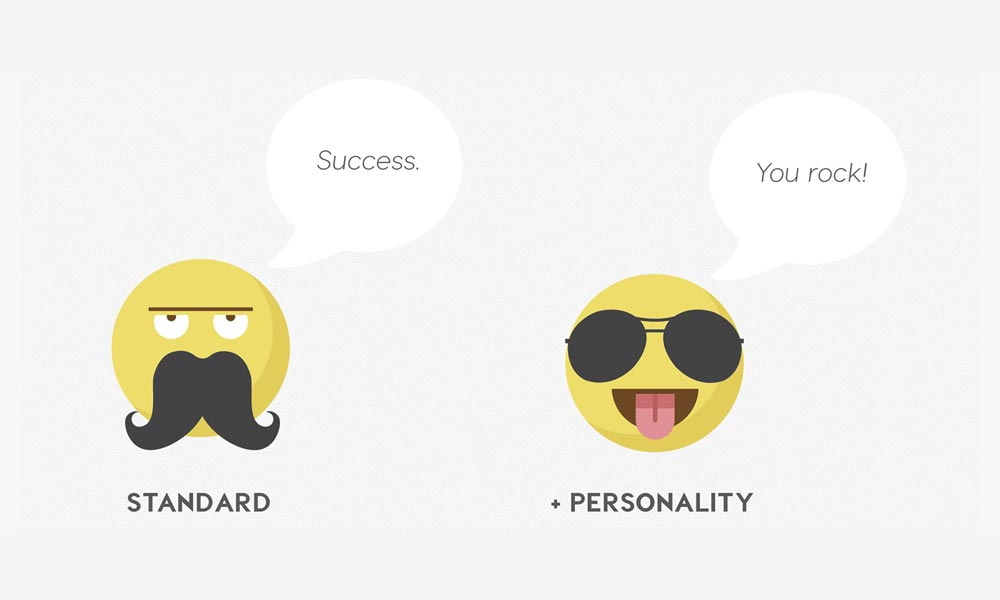
What if Coca-Cola sounded like a stoic tax accountant in their ads? Or did Skittles have a pompous, uptight vibe across social media? Beyond visuals, a resonant brand voice is a powerful beacon guiding personality.
An authentic, well-defined voice cultivates those all-important emotional connections. It signals what kinds of people the brand represents and what ideals it represents. Simply put, voice shapes whether you “vibe” with a given brand or bounce for their competitors.
From the cheeky, meme-loving antics of Wendy's to the aspirational soul of Oprah's empire, mastering voice is branding's not-so-secret secret sauce.
The Art of Finding a Brand's Inimitable Voice
So, how do you zero in on that ideal brand voice? It's both a science of data and an art of creativity:
First, the science – extensive research unpacks the motivations, language, and personality archetypes that resonate with the target audience. Delving into people's hearts and minds reveals universal human truths to lean into.
From there, brand strategists and writers get inventive – workshopping distinctive “vocal personalities” and experimenting with different tones. Multiple iterations are pressure-tested via surveys, focus groups, social media drips, and gathering honest human feedback.
Over time, the voice that gets the most smiles, thumbs-ups, and “oh, that's SO [Brand]” reactions emerges victorious. Once codified in a brand voice guide, it provides the throughline for all creative executions, from websites to commercials.
The Magical Mix of Voice Qualities
While each brand voice has its idiosyncratic combination, they generally blend elements like:
- Speech patterns (SoCal beach slang or upper-crust diction?)
- Humour style (puns, sarcasm, self-deprecating wit?)
- Language formality levels
- Energy levels (zany and hyper or calm and relaxed?)
- Perspective (conversational or authoritative expert?)
- Descriptive word choices
- Core personality traits (charming, rebellious, down-to-earth?)
Different industries and target demos demand contrasting voice qualities. The right voice should feel like an authentic, engaging expression of the brand's essence.
Delivering a Cohesive “Omnivoice” Experience
Crafting a distinctive brand voice is only half the battle. Ensuring it's seamlessly deployed across every touchpoint (ads, website, socials, packaging, in-store, etc.) while avoiding disjointed Jekyll & Hyde syndrome is crucial.
To uphold vibe consistency, diligent brands develop thorough voice strategy playbooks for all communications, with guidelines on personality traits, word choice, grammatical preferences, and even authoritarian responses for common scenarios.
The payoff? An impeccably coordinated brand experience that profoundly resonates from start to finish. Prime examples include Nike's effortless cool, Dove's heartfelt optimism, and the playful, pun-filled delight that is Taco Bell's iconic Millennial voice.
FAQs on How Branding Works
What's the most prominent branding mistake companies make?
The biggest pitfall is a lack of authenticity or misalignment between branding claims and real-world experiences. In other words, it means saying one thing but delivering something completely different. This bait-and-switch tactic erodes trust and cultivates fickle customers.
How long does it typically take to build a powerful brand?
There's no universal timeline, as longevity and consistency are key ingredients. However, experts suggest a minimum of 2-4 years of sustained brand-building work to become established and trusted with most audiences. Trend waves may come and go, but powerful brands weather them all.
Isn't branding just a bunch of marketing fluff and gimmicks?
Not at all – great branding stems from a core of unique value propositions customers crave. The branding packages and amplifies those genuine strengths in resonant ways. Without that authentic nucleus, all the stunts and glitz ring hollow.
How much should a company budget for branding initiatives?
There's no one-size-fits-all since branding investment correlates with company goals, industry competition, and growth stages. However, a general rule is to allocate 5-10% of projected revenue towards brand-building activities like research, identity/asset creation, campaigns, etc.
How do brands stay relevant amid constantly evolving trends?
While brand foundations (identity, voice, values) should maintain timelessness, the experiential expressions evolve strategically alongside customers' changing interests and behaviours: social listening, cultural insight mining, and continuous innovation fuel seamless brand evolution.
What are some examples of total brand identity system failures?
Some cautionary rebranding tales include Gap's logo remix that sparked massive backlash, Tropicana temporarily fumbling their iconic packaging design overhaul, and even Uber's universally panned minimalist rebrand in 2018.
Does corporate social responsibility and sustainability impact branding?
Innovative brands understand that stakeholders (not just consumers) increasingly prioritise ethical, sustainable, and socially conscious business practices. Brand reputations are actively shaped by a company's more significant societal impacts.
How does branding affect employee morale and retention?
Enormously! Compelling, values-driven branding fosters pride while attracting top talent excited to represent the brand. But subpar, mismatched branding erodes engagement. According to Achievers, companies with strong, defined employer brands can reduce turnover by 28%.
What's on the horizon for future branding innovation?
We'll likely see increased seamless brand universes enabled by AI, web3 tech, virtual influencers, and evolutions in immersive experiences (XR, spatial computing, etc). However, emotional intelligence and consistency in those experiences will remain paramount.
Can small businesses or startups neglect branding early on?
Branding shouldn't be an afterthought, even pre-revenue. From day one, an ownable identity, messaging, and experience make businesses more discoverable and compelling to investors or customers. Skimping here heightens the risks of costly rebrandings or missed opportunities.
What's the most critical brand asset to develop?
While all aspects interplay, arguably the most pivotal asset is a defined brand archetype or persona. This core psychological alignment with customers accelerates bonding and cements what enduring human insights your brand embodies. Master this, and the rest flows cohesively.
How do you “future-proof” a brand's longevity in an ever-shifting market?
Diversification and adaptability breed staying power. While anchoring to immutable principles, brands must continuously flex their expressions, innovations, and experiences to remain culturally attuned. Those myopically rigid risks become irrelevant overnight.
The path to epic branding? Focus on what sticks in people's hearts and minds. You'll turn casual buyers into lifelong apostles by weaving rich identities, stories, voices, and meaningful experiences into your brand world. Happy brain-embedding!
